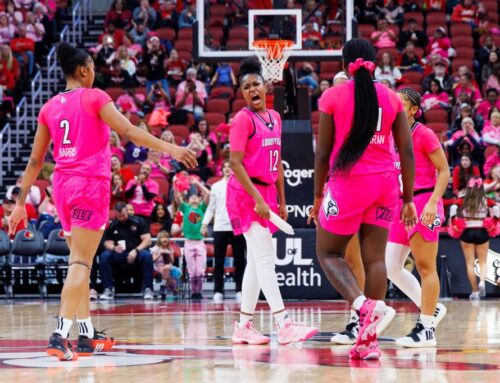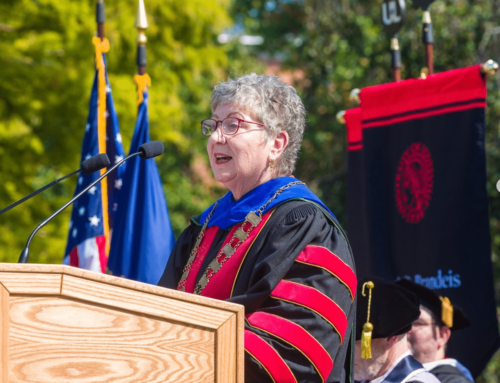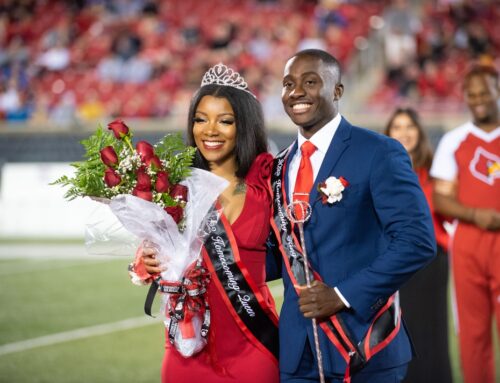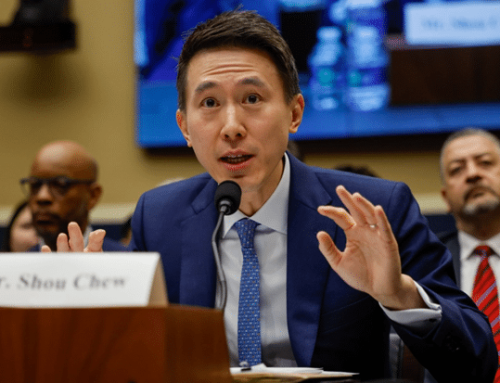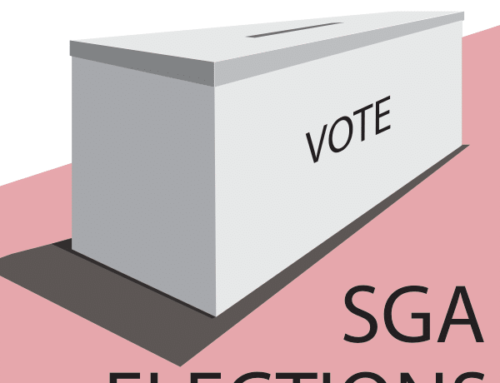By Austin Cooper
Driving around Louisville can be a real hassle. Roads are closed for construction, traffic is rerouted for sports events, rush hour turns the expressways into parking lots and, absolutely always, students are jaywalking. Heaven forbid one of the many Louisville events – such as an Ironman race, concerts, the State Fair or Thunder over Louisville – is underway if you need to be anywhere in a hurry. Even normal traffic conditions can turn a five minute beer run into a thirsty, hour-long ordeal. While some factors, such as unsynchronized lights and busy train tracks, do complicate the driving situation, the real problem is much more difficult to manage or predict: other drivers.
Given the average car-handling abilities you will likely encounter on a normal day of driving, you could only assume that the Kentucky driving examination consists of coloring inside the lines, obscenity proficiency, how well you can whistle at women, how fast you can flee the scene after backing into a vehicle, and how well you can tune out traffic while you are texting. Driving the speed limit, staying in just one lane, parking inside the lines and using turn signals are absolutely not skills that are commonly exhibited. But driving is terrible everywhere, right? Not exactly. I have become somewhat of an expert on driving in New York, during my extremely brief stay, and will, for the benefit of the student body and in the interest of science, compare a couple key areas of driving.
When merging onto Interstate-64 or Interstate-65, when there is more than a handful of vehicles on the road, convention tells us that we form a line in the most convenient merge lane, causing traffic to accumulate, wait half an hour to work our way through the line, and then merge. While in line, it is common to never, under any circumstances, allow someone to get in line in front of you. In New York, the standard is that cars merge like a well-oiled machine. Adopting the teamwork and efficiency mentality of New Yorkers seems hard to implement, so the next best solution is to trade in your vehicle for a cheaper car. People do not merge without looking because they are afraid that either their car will be damaged or they will spill their malt liquor. With a cheap car, however, who cares? Dented fenders and crumpled doors will not greatly detract from the overall appearance of a used Kia or a 1986 Ford Taurus. As an added bonus, the money gained by selling a good vehicle can be used to purchase even more malted beverages.
A turn signal is used to indicate the direction a car will travel. They are more commonly used in Louisville, however, as a useless gadget that occupies space on the steering column. That is, not at all. For those that do utilize its functionality, expect other drivers to take it as a challenge, actively preventing you from changing lanes. In New York, it is a state law to use a turn signal. And most every driver will kindly inform you that they are planning to cut you off, a half second before doing so.
Louisville drivers could be courteous and begin using signals. An even easier option would be to constantly use the emergency flashing lights, so that other drivers won’t know which side to block you from. There will also not be the hassle of engaging the turn signal, because the lights will constantly flash.
Good driving can be taught, but evidently it is rarely learned. The only option for reasonable drivers is to become just as much of a lunatic as everyone else on the road, because there may be some safety in fitting in. Also, it only costs about $30 to replace a Kia.

